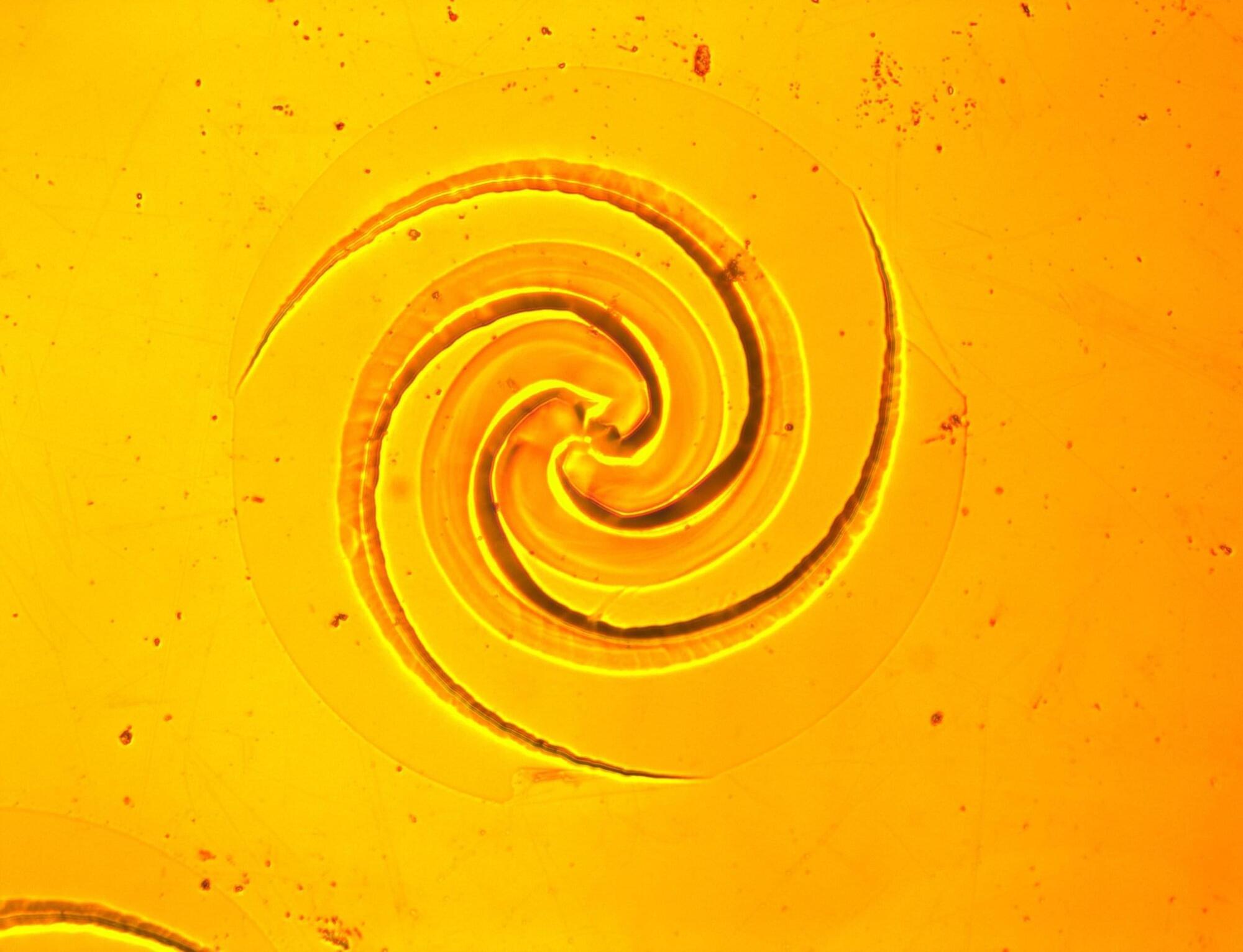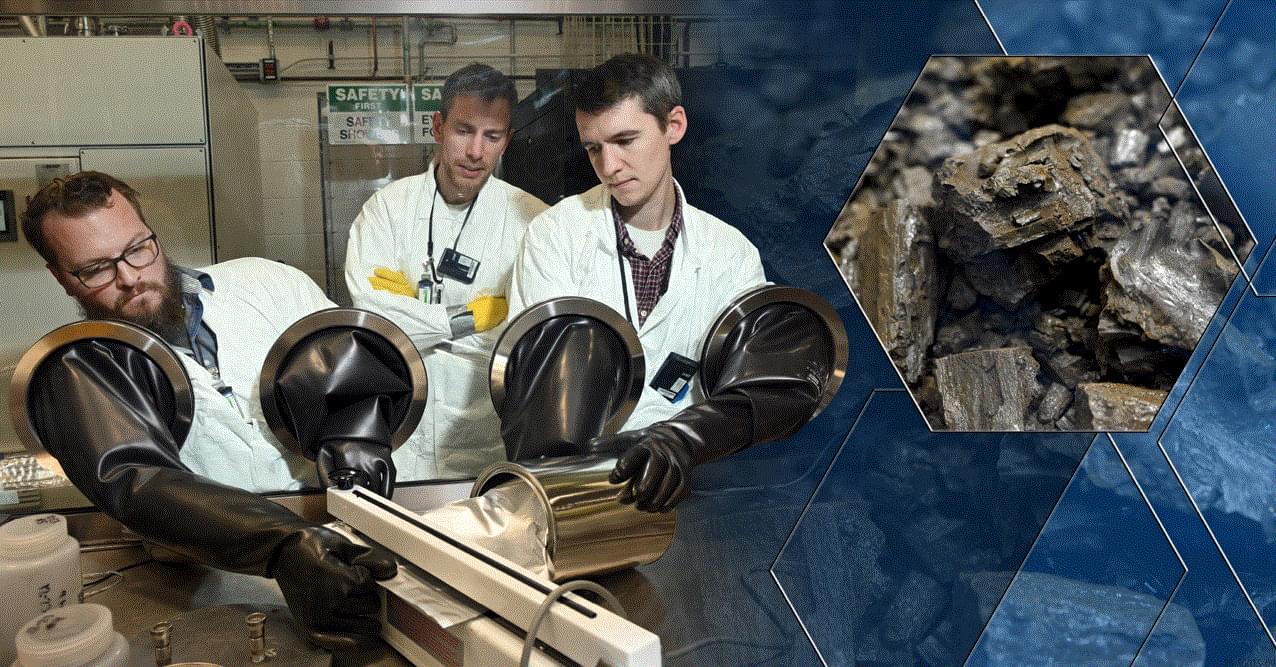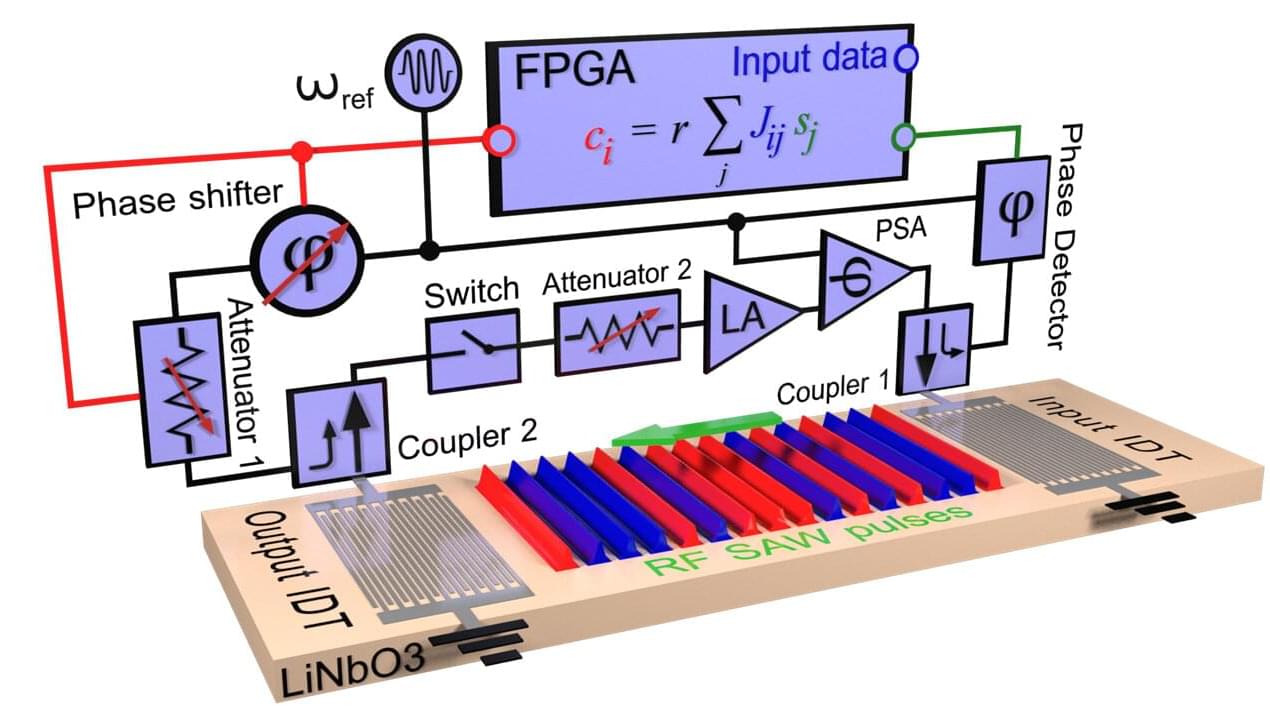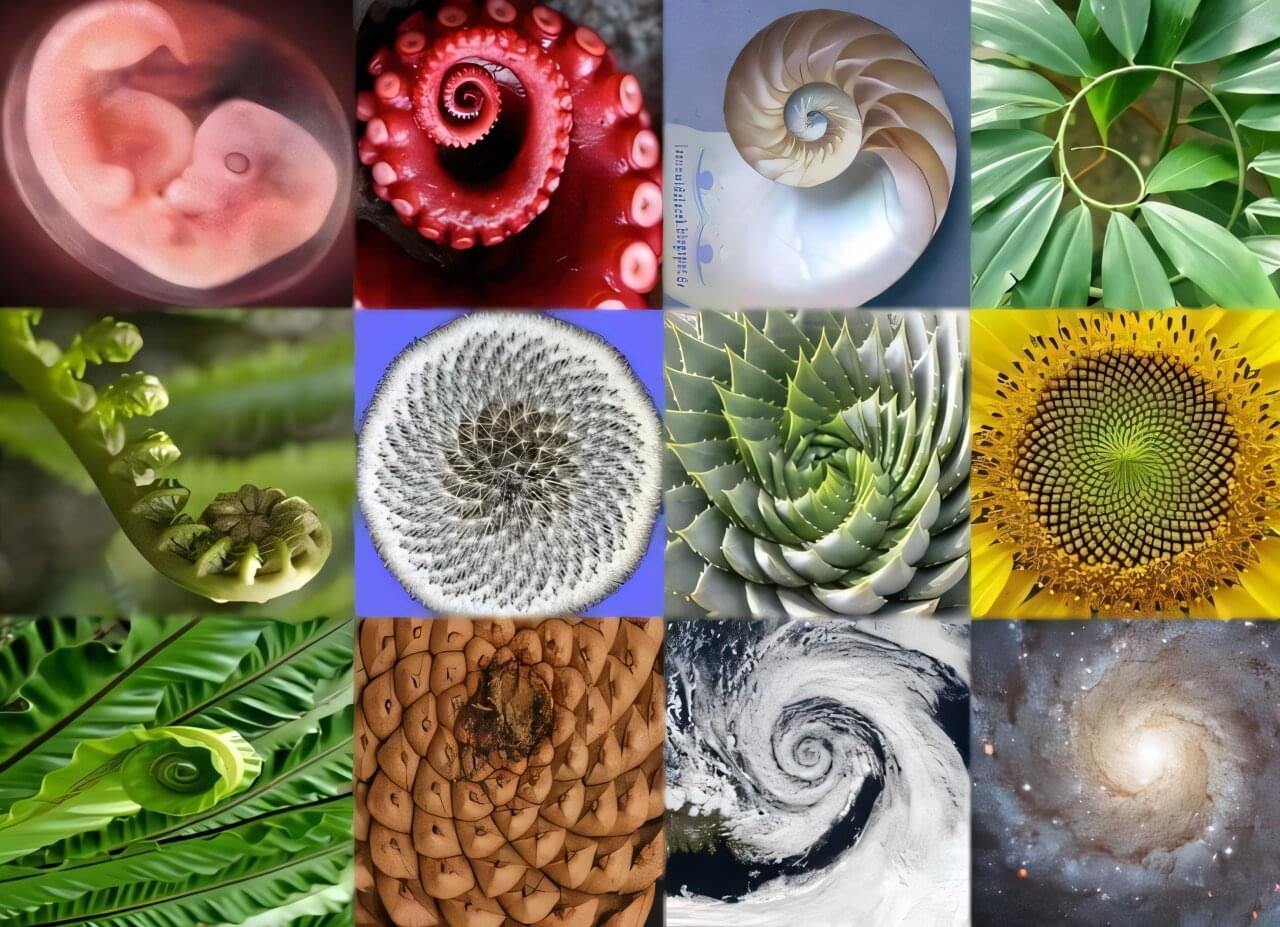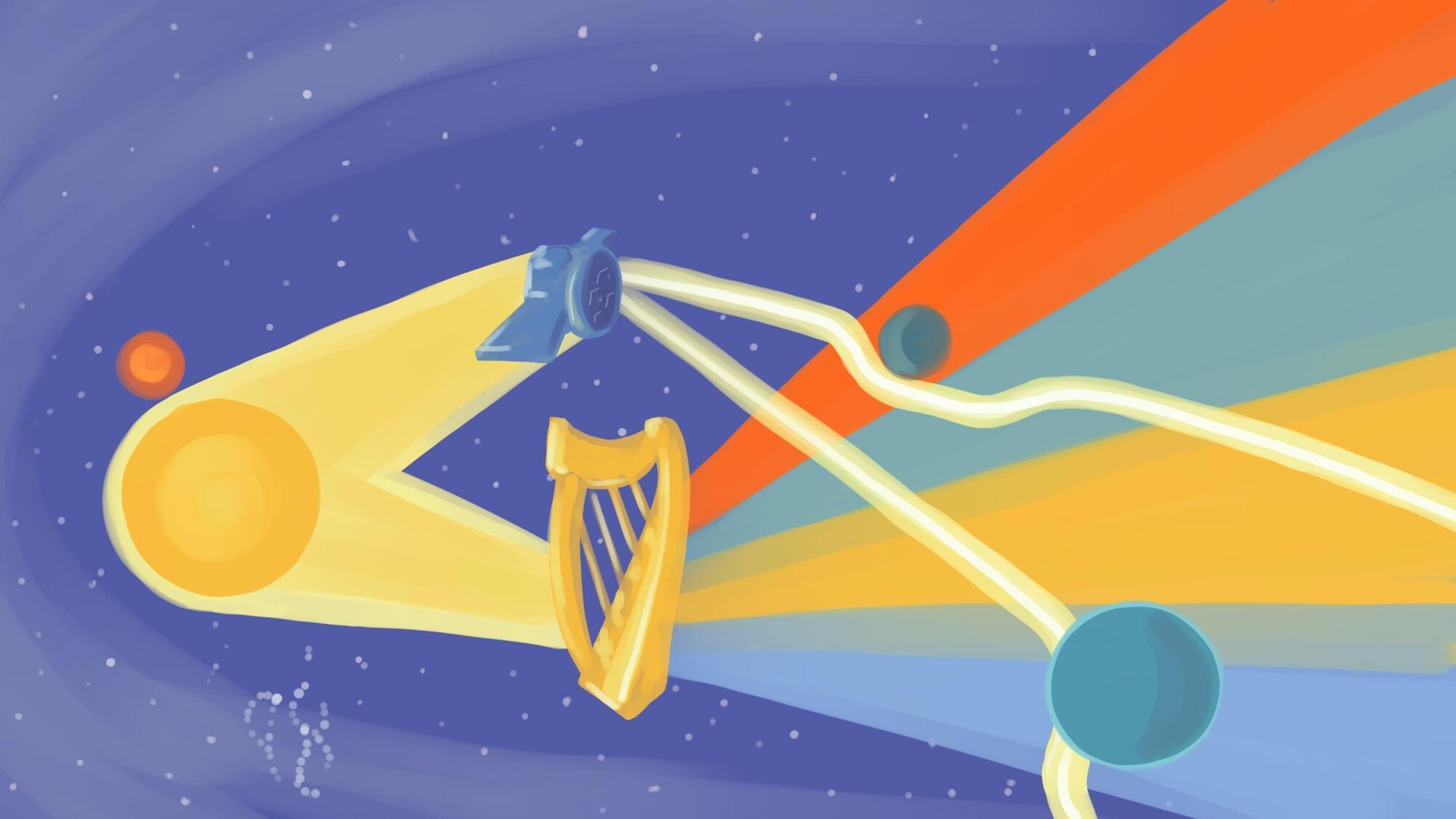NVIDIA has just unveiled the Isaac GR00T N1, a foundation model that is revolutionizing humanoid robotics. This AI-driven system can learn tasks, make decisions, and adapt like never before!
At GTC 2025, NVIDIA CEO Jensen Huang revealed the Isaac GR00T N1, a next-generation AI model designed to train humanoid robots with unprecedented efficiency. It uses a dual-system approach—one for instant reactions and another for strategic thinking. NVIDIA also introduced Newton, a physics engine developed in collaboration with Google DeepMind and Disney, aiming to enhance robotic motion.
Additionally, NVIDIA’s Isaac GR00T Blueprint enables large-scale training with synthetic data. In just 11 hours, the system generated over 780,000 training examples, drastically improving robot accuracy. These advancements could reshape industries by making humanoid robots more intelligent and useful in real-world applications.
What do you think of NVIDIA’s latest robotics breakthrough? Let us know in the comments! Do not forget to like, subscribe, and turn on notifications for more updates on AI and robotics.
#NVIDIA #AI #Robotics.
Get More Great Car Videos — Subscribe: https://goo.gl/BSIaFc

